Exclusive: Chatting CG in Horror With Legion VFX Co-Founder James Hattin

When it comes to horror fans, the general consensus can be boiled down to a very simple statement: “CG bad, practical good.” Yes, I realize that it’s far more complex than that but it cannot be denied that the majority of horror fans will gush endlessly about the merits of practical FX in films like The Thing and The Void over CG creations such as the ones in World War Z or the 2011 The Thing. However, CG has come a long way and I think it’s time that we not only give it a fair shot but also begin to realize and recognize just how much it has to offer the genre.
To that end, I’ve interviewed James Hattin, co-founder and creative director of Legion VFX. That company specializes in digitally eviscerating, mutilating, and flat out butchering people left and right. They’ve had their hands in recent films such as Hardcore Henry, The Purge: Anarchy, Amityville: The Awakening, “How to Get Away with Murder”, and more. They’ve been sneaking in blood and guts that many people might not even recognize in the moment, which is proof that we need to hear them out about why CG might very well be the future.
Dread Central: FX is a very touchy subject for many genre fans. There are those that are diehard practical FX fans while others are embracing the use of CG for specific events that could otherwise not be accomplished. With Legion VFX, is there a sense of needing to honor past practical traditions while growing and embracing the future of CG?
James Hattin: Visual effects can be used for good or for evil. There will always be a place for practical FX on set. It helps the actors act, and the crew to film the right thing. The idea of a full CG creature in a horror movie isn’t impossible, but horror movies are generally done on the cheap, and that is what what usually causes the problems. We worked on Insidious 3, and the main character starts to lose limbs in the Further, clearly this could be done with some kind of make up effect, but it wouldn’t really sell the look. People would know it was fake. This is the real world problem… not enough money, or poorly spent money leaves creatures or VFX sorely lacking.
We worked on a short project for a friend, and he had a person in a rubber suit. It looked like a rubber suit. So, we augmented it by matching the rubber tentacles and adding a ‘sheen’ to it, so that it looked more wet, creepy and alive. This is the marriage that, I think, we are going to see going forward.
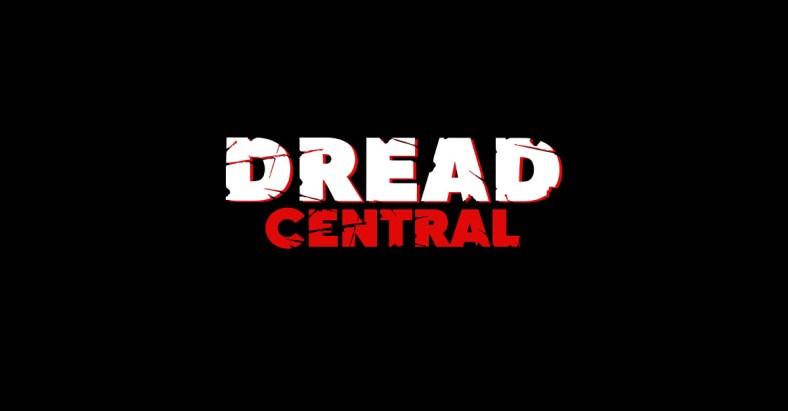
DC: CG has clearly come a long way over the past couple of decades but there’s always room to grow. What are the ways in which audiences will see improvements to the medium in the coming years and how are those being accomplished?
JH: CG really has come a long way. From the perspective of movies in general, I think we will see a flawless human in the next decade. Right now, that ‘uncanny valley’ where things look ‘real’ but not quite, is the place we are sitting in. It’s really hard to take a fake character seriously. More and more the mix of practical and CG is going to be the way to go. To augment what can’t be easily shot in camera. pIf you think back to Tim Burton’s Planet of the Apes, there were a number of times they extended the jaws on the apes when they roared. This was a subtle effect, but one where we could still suspend disbelief and not be pulled out of the story. (not that I missed, it…. but I’m not an average consumer of feature films) If you look at the evolution of those movies, they’ve gone completely CG, and I don’t think it is any worse for it.
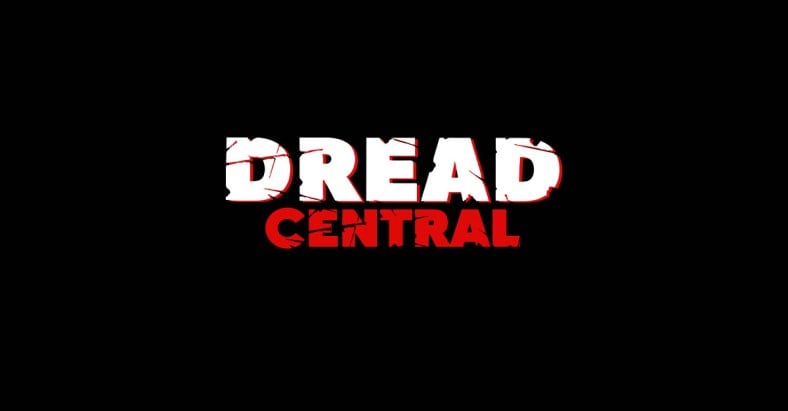
DC: What are the challenges that still linger using CG FX rather than practical?
JH: There are no inherent challenges that are more difficult… The only thing is that if nothing is used on set, it is very hard to get authentic performances from your talent. Part of what practical FX does, is creat a space where actors can get involved with the experience. It always makes a performance better. One of the most common techniques now, is to have performers in motion capture suits, be on set. Then VFX will put in their digital character over the top of it. This can be seen a lot in the Pirates of the Caribbean movies. Having a budget is also kind of a big deal for this kind of work. Studios keep trying to make VFX a commodity and it isn’t. There’s a real art to every step of the process. This means that people need to be paid to do all these steps. There’s no button for making a ‘scary tentacle monster’. It’s 2-25 people working for months to come up with that. That comes with a price tag.
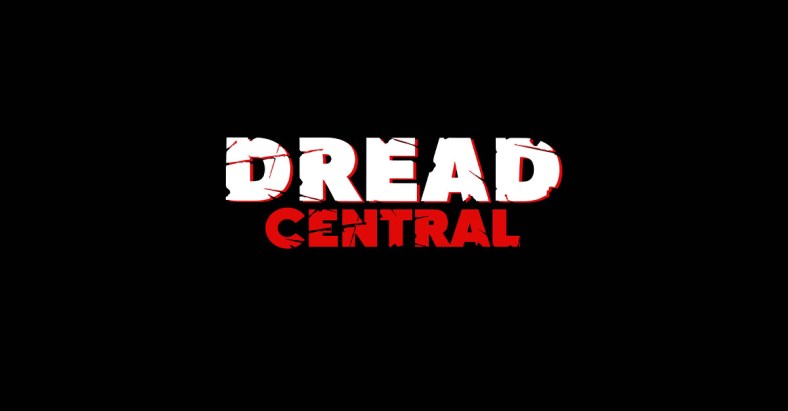
DC: Do you yourselves feel the same kind of satisfaction upon seeing a finished CG VFX shot versus one with practical FX or does it create a different kind of feeling, one that’s not necessarily better or worse?
JH: As a purveyor of the digital world, I do feel a great sense of pride when I see an invisible effect up on the screen. I’ve had the benefit of working in the industry for over 20 years on hundreds of movies or television shows. Seeing something that ‘worked’ never really gets old. Now that I own a business and am not doing the work ‘on the box’, I get to marvel in all the people that are more talented than myself.
When I see a great practical effect, I still marvel at that too. It’s great to see that craft isn’t dead. People are still out there making amazing models and creatures.
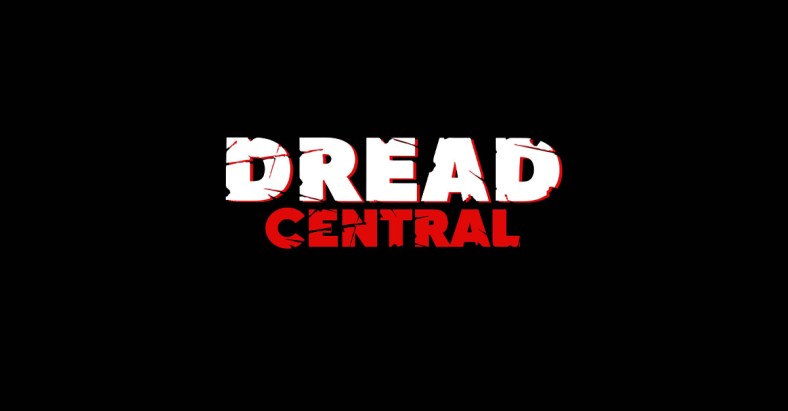
DC: What are your usual responses to people who claim that CG VFX suck and that there’s nothing better than practical?
JH: I get what they are saying. I totally feel them. Neither one is better than the other, and most times somebody was holding the purse strings too tight, got the wrong people to do the work, or just aimed higher than their budget would allow. It’s a trap. Filmmakers will come to us with huge ideas, and empty pockets. Our goal, at all times, is to try and help them realize their vision up on the big screen. We offer advice and ideas to try and do something that works to sell their ideas.
When people are complaining about CG, it’s almost always because of money. Money and talent. Not every VFX company can do all kinds of VFX work. There are companies that specialize in creatures, there are some that specialize in FX like fire, smoke, explosions. Other focus on compositing, which is the final assembly of all the work. Here at Legion VFX we do a bit of everything, but for the first 3 years we were very heavily compositing based. All the partners, save one, is a senior compositor with 8-25 years experience. So, we knew what we could do.
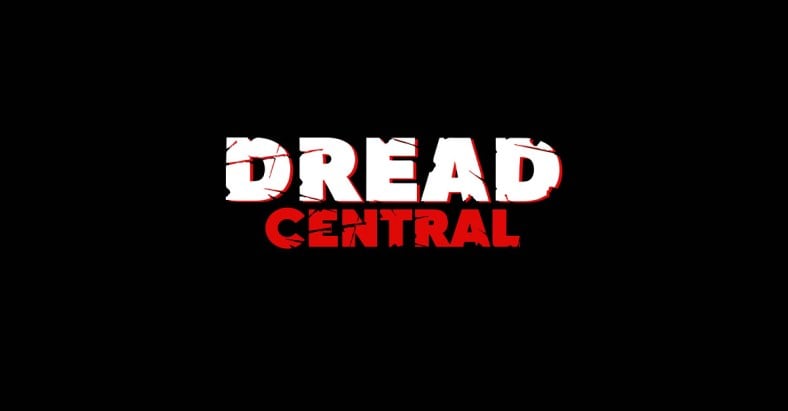
DC: What, in your opinion, are some of the best examples of CG VFX in horror, ones that people might not even recognize without being told digital magic is at work?
JH: There’s too many to choose from. I can say, that in the few we’ve worked on, most people would be hard pressed to know what the VFX are and where they were. In Sinister 2, which had VFX from a number of companies, there was a scene at the end with the ‘Ghost Kids’, and all of their faces had to have digital make up applied. So, they all had black dots around their major features, and then we added the effect, that was practical in a few other scenes. It’s the little things like that that save money on the day of production and end up on our plate, but helps tell the story and keep looks consistent.
Insidious 3, had the character with missing limbs. There was a jump scare where our heroes are looking out a window and there is a body several stories below, and then they look again and the ‘Man Who Can’t Breathe’ is there JUMPING AT THE CAMERA!!! Out that window is a green screen. It was shot on a stage here in Los Angeles. Our lead artist and partner of the company Kyle Spiker, built out the whole background and composited the shots. It was a super successful jump scare.
Those are the kinds of things I see as being particularly successful uses of VFX in horror. Add or subtract something to make the normal creepy. Success is measured in whether people buy it or not.
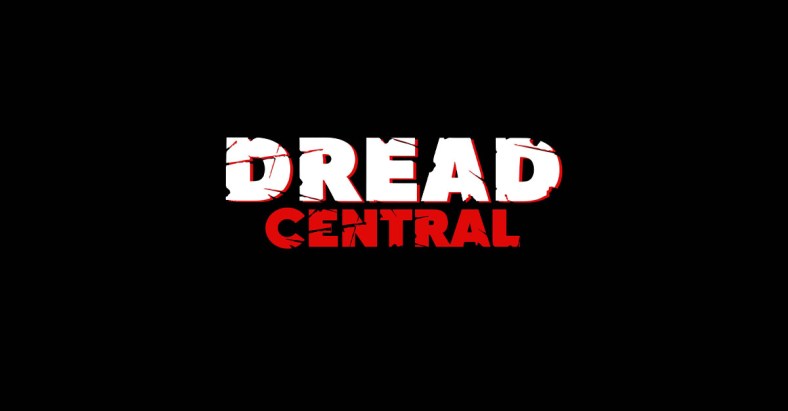
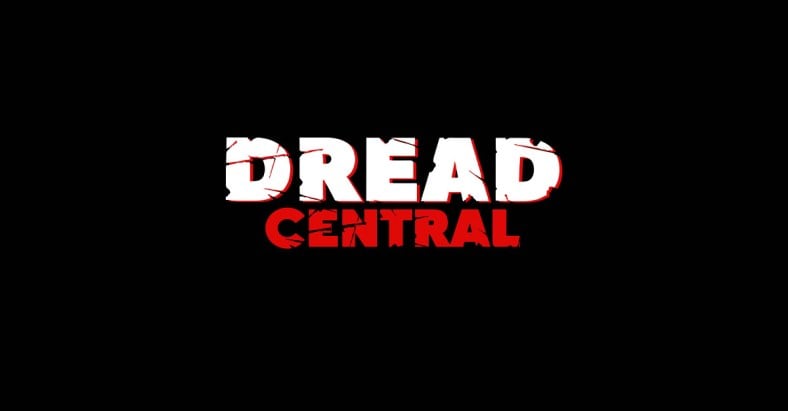
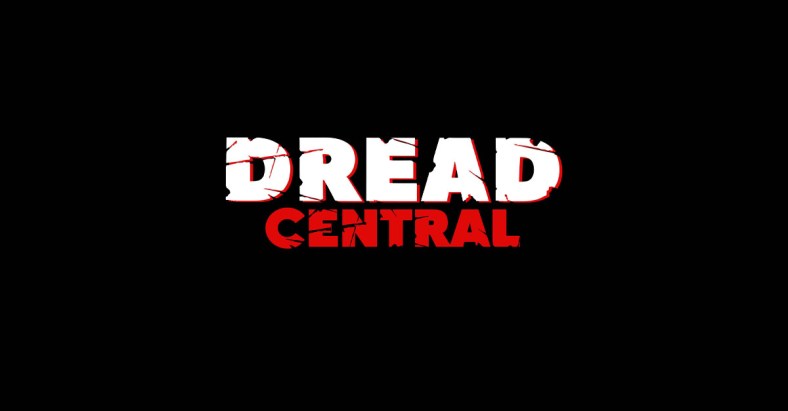
Categorized:News

